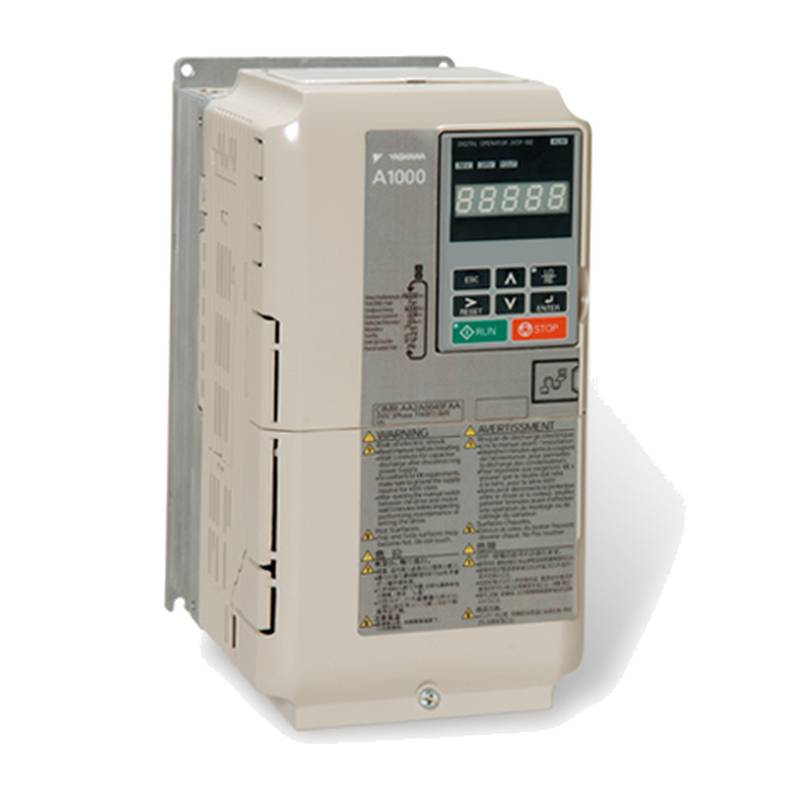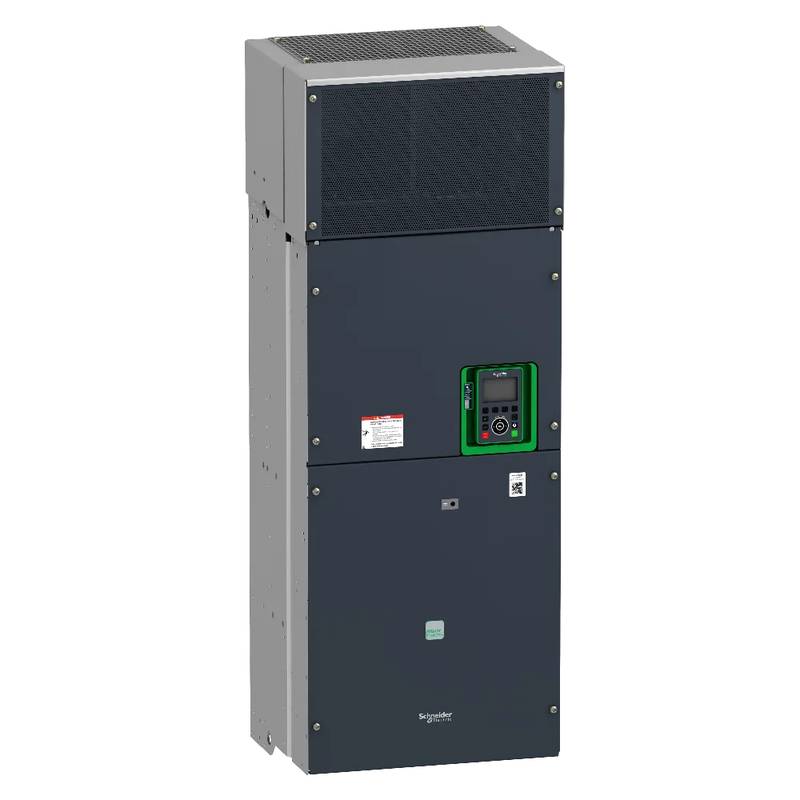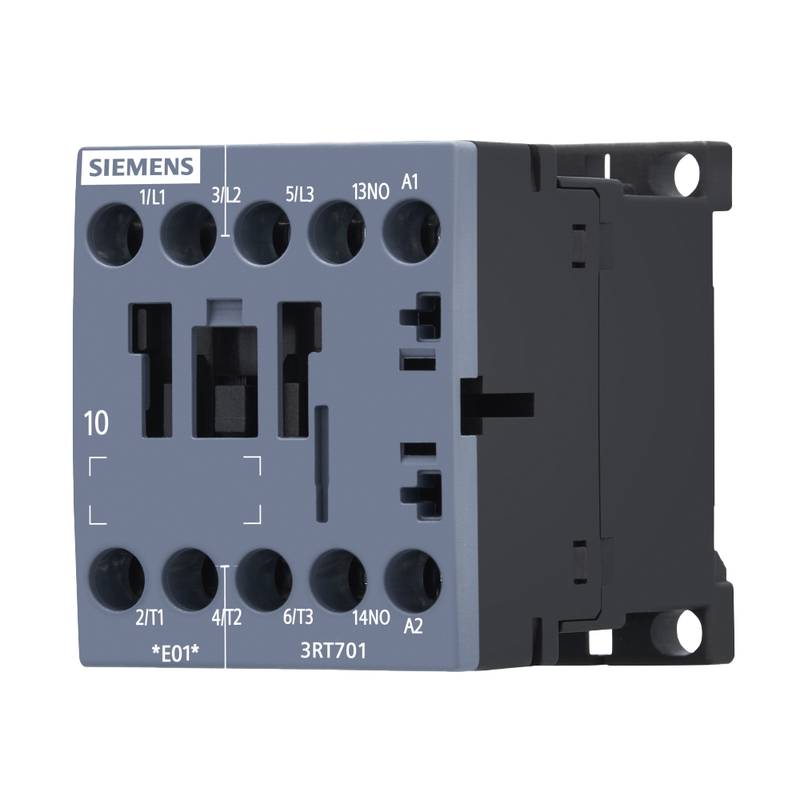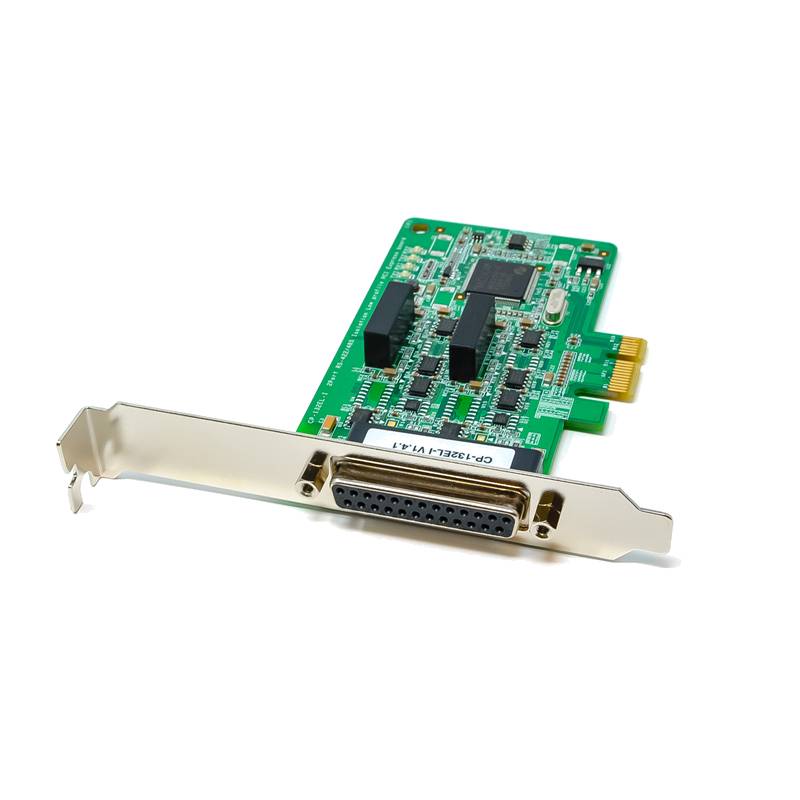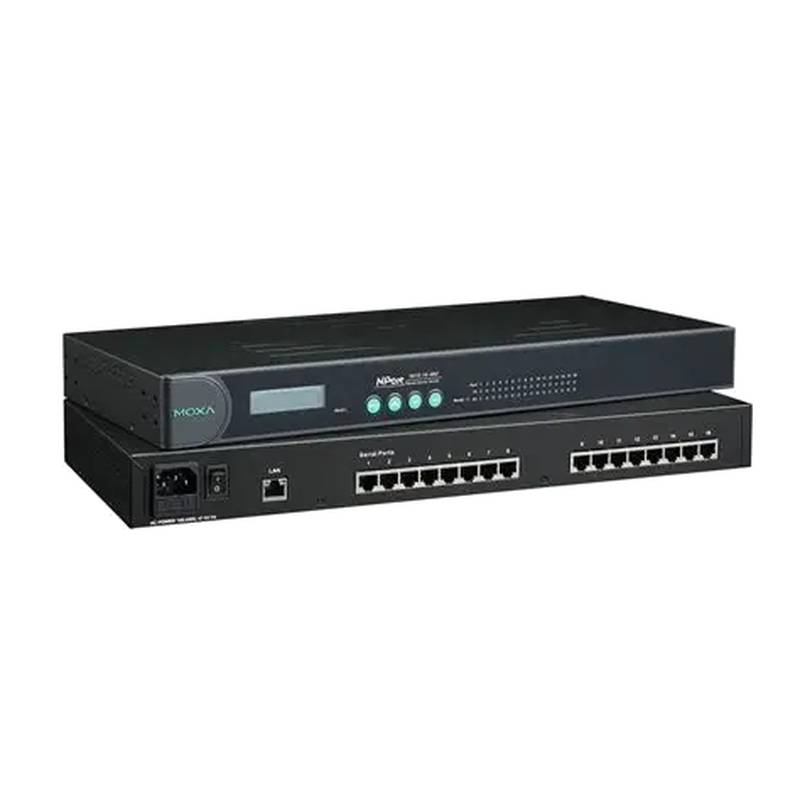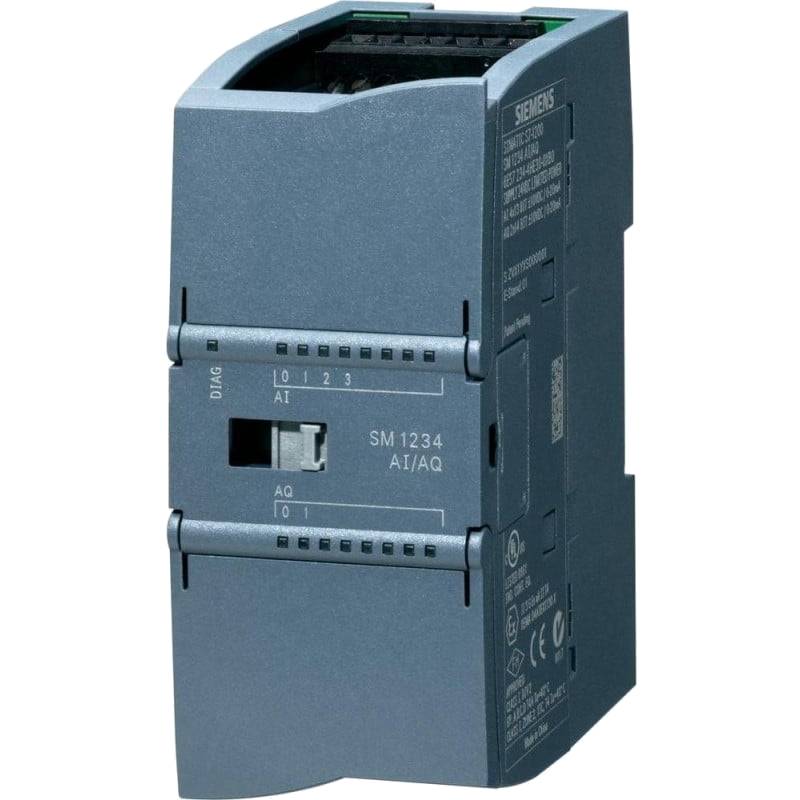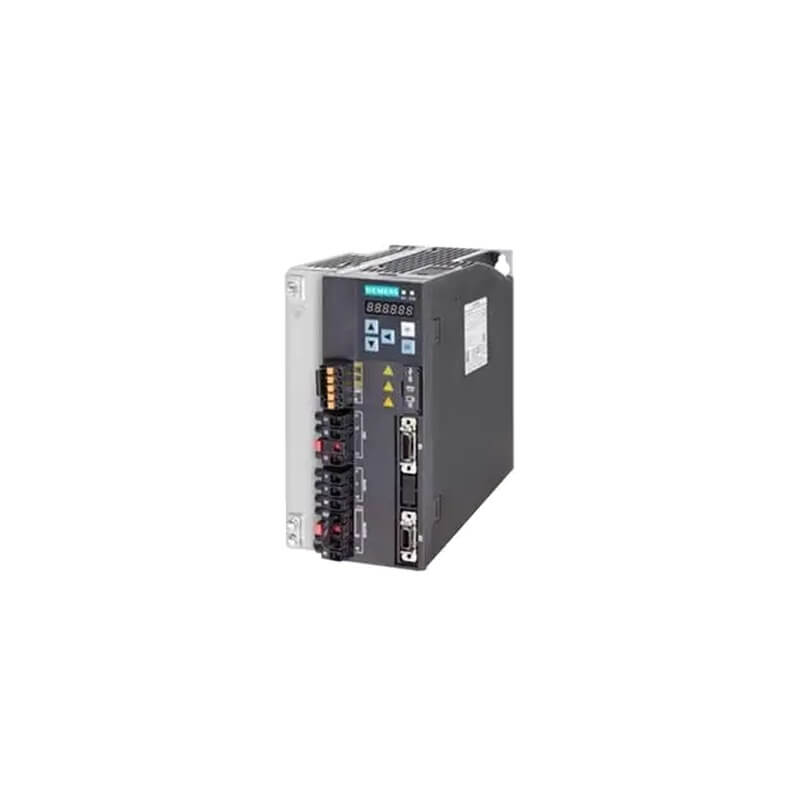
The YASKAWA V1000 Series inverter, specifically the VB4A0031FBA model, is a robust solution for compact automation, delivering 24A and 11kW of power. This standard inverter distinguishes itself with precise motor control, energy-saving capabilities, and a user-friendly interface designed for demanding industrial environments. Its core strengths lie in its reliability, versatility, and straightforward integration into various automation systems, making it a compelling choice for applications requiring efficient and dependable variable speed drive performance.
Product Specifications
| Parameter | Value |
| :------------------------ | :--------------------------------------- |
| Model | YASKAWA VB4A0031FBA V1000 |
| Rated Output Current | 24A |
| Rated Output Power | 11kW (15HP) |
| Input Voltage | 3-Phase, 380-480V AC |
| Output Frequency | 0.00 to 400.00 Hz |
| Control Method | V/f Control, Advanced Closed Loop Vector |
| Protection Rating | IP20 |
| Dimensions (H x W x D) | 300 mm x 140 mm x 175 mm |
| Operating Temperature | -10°C to +50°C |
| Braking Transistor | Built-in |
| Communication Options | Optional (e.g., Profibus, DeviceNet) |
Core Features & Market Positioning
The YASKAWA V1000 inverter excels in delivering high performance and reliability in a compact footprint. Its advanced control algorithms, including V/f and Closed Loop Vector control, ensure precise speed and torque regulation across a wide range of loads, which is critical for applications demanding consistent performance. The integrated braking transistor provides immediate stopping power, enhancing safety and process control. Furthermore, the V1000's energy-saving features, such as automatic energy-saving (AES) functions, actively optimize energy consumption, leading to significant operational cost reductions. These attributes position the YASKAWA VB4A0031FBA as a leading choice for machine builders and system integrators seeking a dependable and efficient drive solution that minimizes footprint and maximizes performance. The inverter’s robust design and YASKAWA’s reputation for quality contribute to its strong market standing in the industrial automation sector.
Key Application Scenarios
The YASKAWA V1000, model VB4A0031FBA, is ideally suited for a diverse array of industrial applications where precise motor control and energy efficiency are paramount. Common use cases include conveyor systems, pumps, fans, extruders, and general machine automation. Its ability to handle variable loads makes it perfect for applications like HVAC systems, where precise airflow control is needed, or for packaging machinery that requires accurate speed synchronization. In material handling, the inverter ensures smooth acceleration and deceleration of loads, protecting both the product and the machinery. For processing industries, such as food and beverage or plastics manufacturing, the V1000’s reliable performance contributes to consistent product quality and throughput. Its versatility allows for seamless integration into diverse manufacturing environments, from small workshops to large-scale production lines, supporting the trend towards more efficient and automated industrial processes.
Practical System Integration Guidance
Integrating the YASKAWA VB4A0031FBA V1000 inverter into existing systems is streamlined due to its intuitive design and comprehensive documentation. For initial installation, ensure the inverter is mounted in a clean, well-ventilated area, adhering to the specified clearances to prevent overheating. Electrical connections should follow the wiring diagrams provided in the YASKAWA V1000 manual, paying close attention to power input, motor output, and control signal wiring. Terminals for digital and analog inputs/outputs allow for flexible integration with PLCs and other control devices. Parameter programming can be accomplished via the front panel keypad or through optional communication modules, enabling configuration for specific motor parameters, speed references, and control modes. Basic commissioning involves setting essential parameters like motor nameplate data and desired operating speeds, followed by a test run to verify performance and safety interlocks.
Operation and Risk Mitigation
Operating the YASKAWA V1000 VB4A0031FBA requires adherence to safety protocols to mitigate risks associated with variable frequency drives. Always ensure power is disconnected before performing any wiring or maintenance. The inverter features numerous protection functions, including overcurrent, overvoltage, undervoltage, and motor thermal overload protection, which automatically prevent damage during abnormal operation. Familiarize yourself with common fault codes displayed on the inverter, such as E.02 (Overcurrent) or E.03 (Overvoltage), and consult the user manual for specific troubleshooting steps. For instance, an E.02 fault might indicate an overloaded motor or incorrect acceleration time settings, requiring adjustments to either the load or the acceleration parameters. Proper grounding and shielding of motor cables are crucial to prevent electrical noise and ensure reliable operation.
Scalability & Long-Term Value
The YASKAWA V1000 series, including the VB4A0031FBA model, offers significant scalability and long-term value for industrial automation. Its modular design and compatibility with various communication protocols, such as optional fieldbus modules for PROFIBUS, DeviceNet, and Modbus TCP, allow for seamless integration into sophisticated distributed control systems and Industrial Internet of Things (IIoT) platforms. This adaptability ensures that systems can be easily expanded or upgraded to incorporate advanced monitoring, diagnostics, and predictive maintenance capabilities. The V1000's robust construction and YASKAWA's commitment to product longevity mean a reduced total cost of ownership through extended service life and minimized downtime. For businesses looking to enhance their automation infrastructure and embrace Industry 4.0 principles, the V1000 provides a solid foundation that can evolve with their operational needs.
Frequently Asked Questions (FAQs)
What is the maximum motor size the YASKAWA VB4A0031FBA V1000 inverter can control?
This YASKAWA V1000 inverter, model VB4A0031FBA, is rated for 11kW (15HP) motor applications. It can effectively control motors within this power range, delivering 24A output current.
Adhering to these power limits ensures optimal performance and prevents potential damage to the drive. Always consult the motor's nameplate and compare it with the inverter's specifications.
Accurate motor parameter setup within the V1000 is crucial for achieving rated performance and safe operation with the specified motor size.
How do I perform basic parameter setup for the YASKAWA V1000?
Basic setup involves entering motor nameplate data like voltage, current, and frequency. Set the desired maximum and minimum speed limits and acceleration/deceleration times.
Access the parameter menu using the keypad and navigate to the relevant groups, typically motor data and speed settings. Confirm each parameter entry.
Referencing the V1000 user manual for parameter group details and input methods is highly recommended for a smooth setup process.
What are common troubleshooting steps for YASKAWA V1000 fault codes?
First, identify the specific fault code displayed on the inverter's HMI. Consult the V1000 manual for the code's meaning and likely cause.
Common faults like E.02 (overcurrent) may require checking motor load, acceleration settings, or wiring. Reset the fault after addressing the issue.
If persistent, verify external connections, motor condition, and ensure the inverter is correctly sized for the application load.
Can the YASKAWA V1000 be used for open-loop vector control applications?
Yes, the V1000 inverter supports advanced open-loop vector control for precise speed and torque regulation. This mode is ideal for dynamic applications without encoder feedback.
This feature allows for superior performance compared to standard V/f control, especially with varying loads and precise speed requirements. Parameter configuration is key for optimal open-loop vector performance.
Ensure the motor is suitable for open-loop vector operation and configure motor parameters accurately within the V1000 for best results.
What communication protocols are supported by the YASKAWA V1000?
The V1000 standard inverter supports various communication protocols via optional network interface cards. Common options include PROFIBUS DP, DeviceNet, and Modbus TCP/IP.
These communication options enable seamless integration into industrial networks and supervisory control systems. This facilitates remote monitoring, control, and diagnostics.
Selecting the appropriate network card allows the VB4A0031FBA to become an integral part of a smart factory or IIoT environment.
Does the YASKAWA VB4A0031FBA V1000 have built-in braking?
Yes, the YASKAWA V1000 series inverters, including the VB4A0031FBA, feature a built-in braking transistor. This allows for dynamic braking operation.
The integrated braking allows for rapid deceleration and stopping of the motor by dissipating excess energy into a braking resistor. This enhances safety and process control.
Ensure an appropriately rated braking resistor is connected if frequent or heavy braking is required to prevent overheating and ensure effective braking torque.
What is the IP rating of the YASKAWA V1000 V1000?
The YASKAWA V1000 V1000 inverter has an IP20 protection rating. This means it is protected against solid objects greater than 12.5mm but not against water.
This rating is suitable for use in control cabinets or enclosed environments where dust and accidental contact are the primary concerns. Ensure adequate ventilation.
For applications requiring higher ingress protection against dust or moisture, consider enclosures or alternative mounting solutions.
How can the YASKAWA V1000 V1000 improve energy efficiency?
The V1000 inverter incorporates advanced energy-saving features like Automatic Energy Saving (AES). AES optimizes voltage and frequency output to reduce energy consumption.
By precisely matching motor speed to load demand, the inverter avoids unnecessary energy waste, particularly in variable torque applications like fans and pumps. This leads to significant operational cost savings.
Monitoring the inverter's energy-saving performance through its display or communication interface can help quantify the benefits and fine-tune settings for maximum efficiency.
What is the operating temperature range for the YASKAWA V1000 V1000?
The YASKAWA V1000 V1000 inverter operates within a temperature range of -10°C to +50°C. This wide range accommodates many industrial environments.
However, it's crucial to ensure proper ventilation and clearances around the inverter to maintain optimal operating temperatures, especially at higher ambient temperatures. Overheating can lead to reduced lifespan.
For installations in extreme conditions, consider additional cooling solutions or consult YASKAWA documentation for specific environmental considerations and derating guidelines.
Where can I find the YASKAWA VB4A0031FBA V1000 user manual?
The official YASKAWA website is the primary source for downloading the user manual for the VB4A0031FBA V1000. Search for the product model on their support or documentation section.
The manual provides detailed information on installation, wiring, parameter settings, troubleshooting, and maintenance procedures. It is an essential resource for proper operation.
Always ensure you are using the latest version of the manual to access the most up-to-date technical specifications and operational guidance for your inverter.














